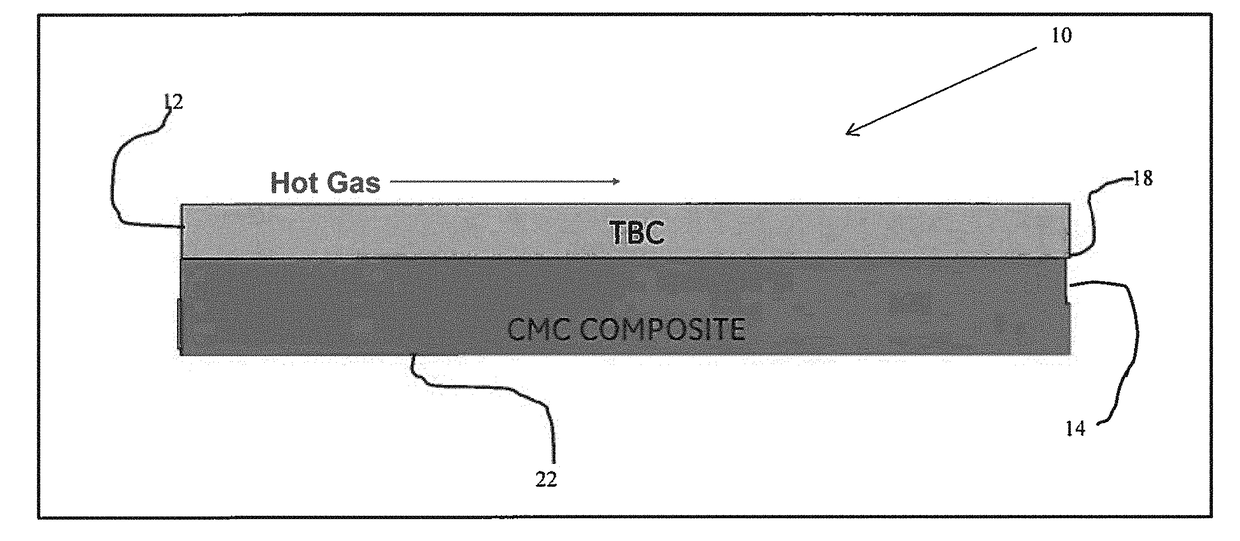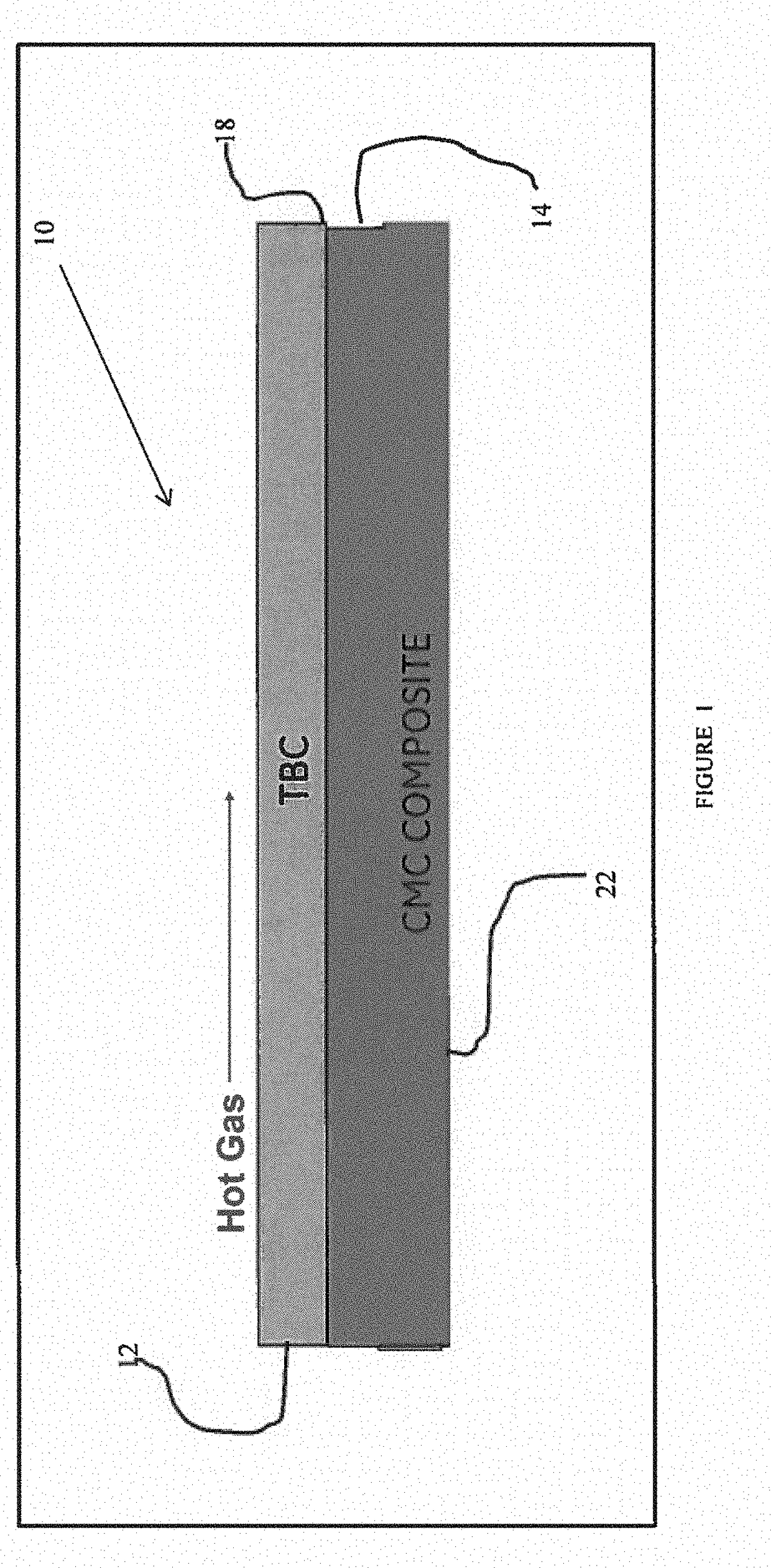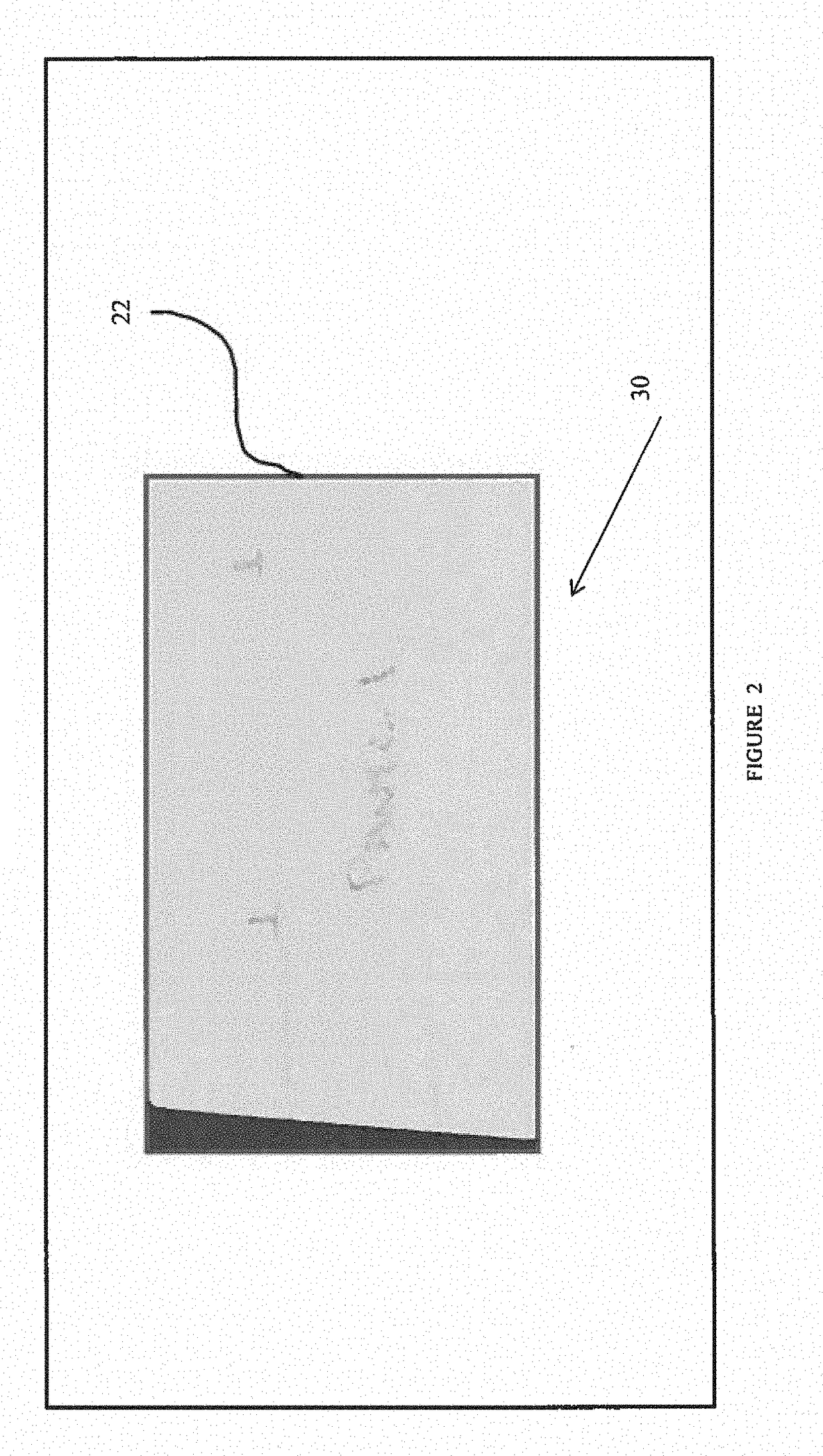The limitations of
visual inspection are that it cannot disclose indications that are below the surface of the exterior of the object under inspection and hidden from
sight.
Visual inspection also may not be able to resolve very small indications that may be open to the exterior surface of the object.
The limitations of the liquid penetrant inspection are that the indications must be open to the surface and the indications must be fairly small with tight openings to the surface, as a shallow, large indication will have penetrant removed when the surface is wiped clean.
The limitation of the
eddy current technique is that it can only detect indications near the surface of the object under inspection (referred to as near surface indications), as the
eddy current is a surface current that does not otherwise penetrate into the object.
The limitations of the magnetic particle penetrant inspection are that the article that is to be inspected must be magnetizable, typically
ferrous, indications must be open to the surface and the indications must be fairly small, as a shallow, large indication will have penetrant removed when excess penetrant is removed from the surface.
In addition, when contact electrodes are used by the
technician to apply the current to the surface of the article, it is possible that arc strikes may occur to the article surface if care is not exercised by the
technician.
These arc strikes may in certain applications be deemed as damage.
Limitations are that radiographic inspection is not very useful for detecting imperfections in multi-phase materials such as
precipitation hardened materials.
The precipitates usually are of a different density than the base material, and the relatively uniform distribution of particles make it very difficult to discern an indication in the base material and distinguish it from precipitates.
In addition, flat or plate-like indications, when oriented perpendicular to the direction of the incident x-rays also can be difficult to detect, particularly when the thickness of the indication when compared to the overall thickness of the material being inspected is small.
Ultrasonic inspection is utilized with surface inspection techniques such as liquid penetrant or
magnetic particle inspection since ultrasonic inspection is limited in its ability to resolve surface indications due to the large front pulse reflection and back surface reflections.
In addition, the frequency of the ultrasonic waves limits the size of the indication that can be resolved.
One of the limitations of ultrasonic inspection is that it may not be able to resolve small indications in the path of the applied wave simply because a small indication may not reflect sufficient energy, or the amount of reflective energy may not be a true representation of the size of the indication.
Another limitation of ultrasonic inspection is that it cannot be utilized to inspect
precipitation hardened materials, simply because precipitates reflect ultrasonic energy making it impossible to discern any anomalous indications and distinguish them from the precipitates.
Similarly, materials including multiple phases, such as particles suspended in a metallic matrix also cannot be inspected due to the reflected energy.
The ultrasonic techniques have also required a liquid couplant between the
transducer /
transceiver and the article, because air is a poor
transmitter of ultrasonic energy.
While inspection techniques, such as the ones described above are available for use to test the adequacy of
metal structures, aside from
visual inspection, the same techniques are not available to detect anomalies in CMC structures used in aircraft structures.
 Login to View More
Login to View More  Login to View More
Login to View More 


